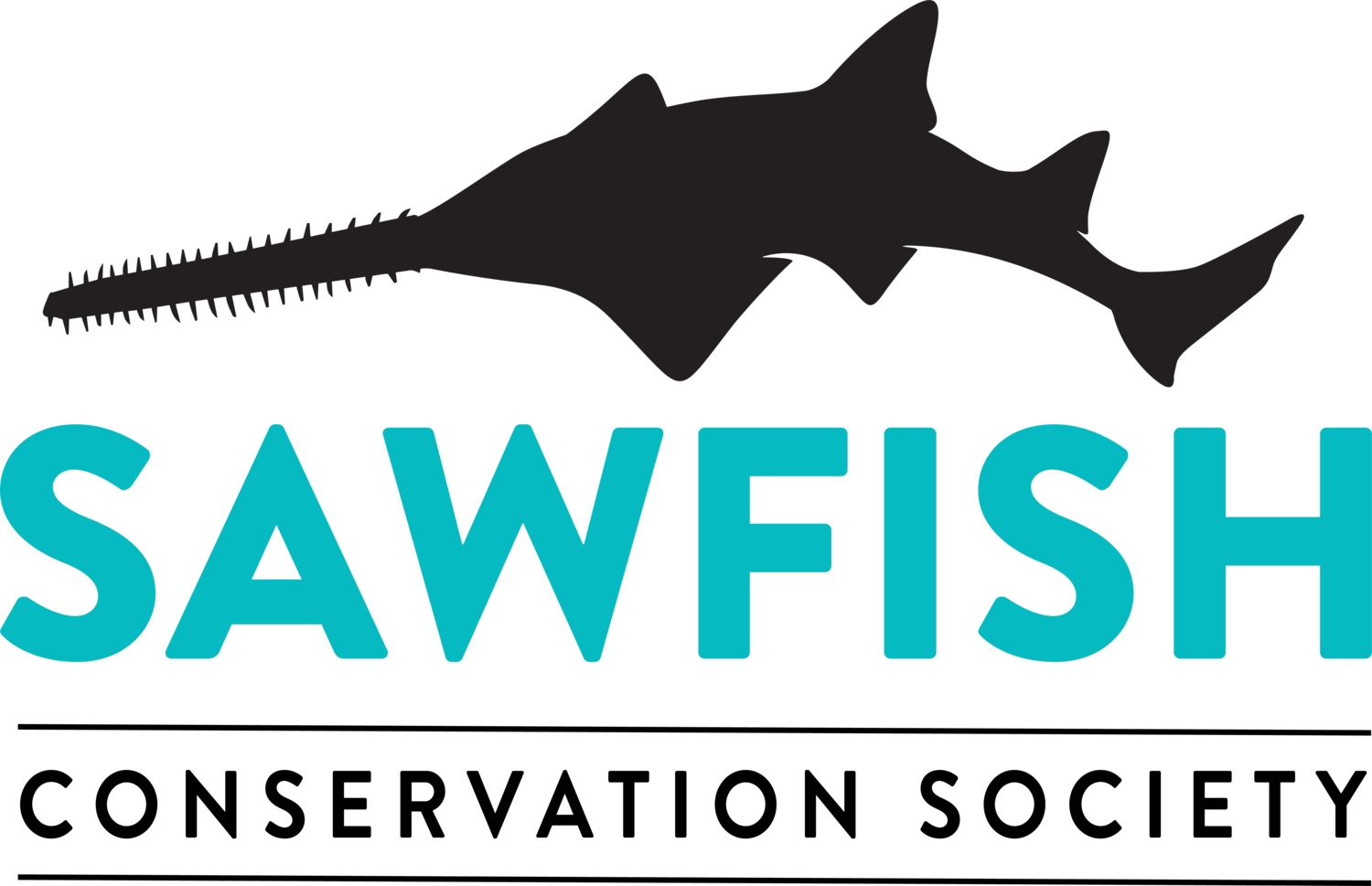Introducing: The Shark Population Assessment Group
 |
| Smalltooth sawfish in the Everglades National Park. |
For sawfish populations to recover successfully, juvenile sawfish must make it through their first few years of life. Our work now includes the protection of important habitat areas for juveniles, in order to promote their survival. Over the last 5 years, we have been conducting scientific surveys to monitor smalltooth sawfish abundance and habitat use. We have also collected information on how environmental factors affect the number of sawfish present, and how extreme weather events may lead to recruitment failure - years when juvenile sawfish do not survive. Earlier studies showed that sheltered, shallow, mangrove areas are used as nursery habitats. We have also found that the daily activity spaces of juvenile sawfish are small, meaning that they do not move large distances as young fish. However, they seem to gradually expand their area of activity during their first year of growth.
Dr John Carlson, at the US National Marine Fisheries Service, manages a team of scientists and technicians that are dedicated to gaining a better understanding of the life history and habitat use of smalltooth sawfish. As Everglades National Park is so expansive, cooperation among various partners is required to fully implement our field program. The field team is lead by Dana Bethea, who works closely with Everglades National Park rangers and local fisherman to identify areas where sawfish have been located to help us refine our sampling strategy.
Learn more about the team here: http://www.nmfs.noaa.gov/pr/species/fish/smalltoothsawfish.htm
Learn more about the team here: http://www.nmfs.noaa.gov/pr/species/fish/smalltoothsawfish.htm

